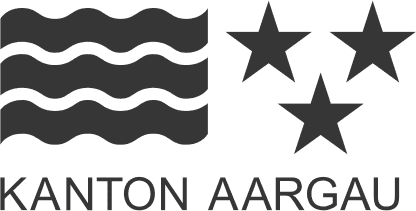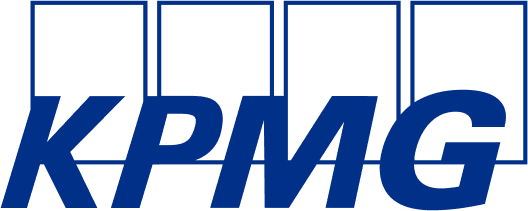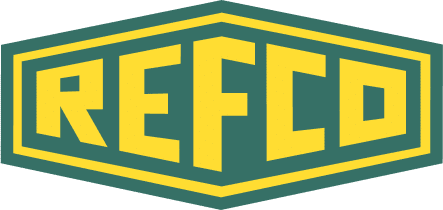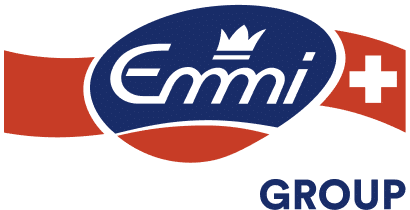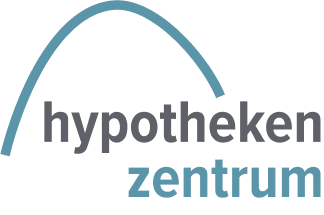In software development, clear requirements are most important for a successful project. But before a single line of code is written, a clear basis is needed: the requirements specification and the functional specification. Both documents play a crucial role, but are often confused. What exactly is behind them? And when do you need which document?
Requirements vs. Functional Specification – and How to Write Them
Definitions of requirements specification and functional specification
What is a specification sheet?
The requirements specification describes what a software or system should do – from the client’s point of view. It contains all the requirements, goals and framework conditions of the project, but no technical solutions.
An example: A company wants to develop a new app. The requirements specification states that the app should run on iOS and Android, requires user registration and must enable payments.
What is a functional specification?
The requirements specification describes how the requirements from the specifications are to be implemented technically. It is the contractor’s document that defines in detail how the software is to be developed. The creation of a requirements specification is crucial in order to avoid misunderstandings and to ensure effective project implementation. At soxes we talk about the specification!
For example, if the specification states “Users should be able to register”, the specification describes which authentication methods are used (e.g. email login, OAuth with Google or Apple).
Main differences between requirement specifications and functional specifications
|
Criteria
|
Specification sheet
|
Functional specification
|
|---|---|---|
|
Aim
|
Describes what the client wants (requirements, objectives).
|
Describes the current status and how the requirements are implemented (technical details).
|
|
Responsible
|
Created by the client.
|
Created by the contractor.
|
|
Details
|
Generally speaking, without technical details.
|
Detailed, describes concrete technical implementation.
|
|
Content
|
Functional requirements, framework conditions, quality requirements
|
Technical implementation, architecture, data structures
|
|
Flexibility
|
More flexible, changes are easily possible.
|
Less flexible, changes influence the course of the project.
|
|
Period
|
Created at the start of the project.
|
Is created according to the specification sheet and is used for implementation.
|
|
Target group
|
Aimed at all project participants and providers.
|
Aimed at the development team and technical stakeholders.
|
|
Use
|
For tenders, project definition and target definition.
|
For the concrete planning and implementation of the development.
|
Aim and purpose of the requirements specification and functional specification
There is often confusion between the terms requirements specification and functional specification, as many people consider the two documents to be identical.
The aim of creating a requirements specification and functional specification is to create a clear and comprehensive basis for project definition and communication with the contractor. The purpose of these documents is to avoid misunderstandings and ensure the success of the project.
A well-developed specification sheet ensures that all of the client’s requirements are precisely recorded. The requirements specification ensures that these requirements are translated into concrete technical solutions. This clear separation and detailed documentation makes collaboration between client and contractor much easier.
Contents of requirement specifications and functional specifications
A specification sheet contains all the requirements for the new solution or service. It should be formulated precisely and accurately and include all functional and non-functional requirements. These include the desired functions, quality requirements and framework conditions.
A functional specification, on the other hand, contains the solution approaches for the requirements formulated in the specification sheet. It should be detailed and precise and describe the technical specifications, architecture, interfaces and data structures. Both documents together provide a complete and clear basis for the development and implementation of the project.
Agile requirements and project management
Agile requirements and project management offer a flexible alternative to traditional requirement and functional specifications. In agile projects, requirements are often documented in the form of user stories and backlogs that can be adapted during implementation. This flexibility makes it possible to react more quickly to changes and new findings.
Agile methods rely on iterative development cycles in which feedback is regularly obtained and adjustments are made. This leads to a faster and more flexible implementation of projects and can significantly increase project success. Agile requirements and project management are particularly suitable for dynamic projects where requirements change frequently.

Do you have any questions? Would you like to find out more about our services?
We look forward to your enquiry.

Sofia Steninger
Solution Sales Manager






